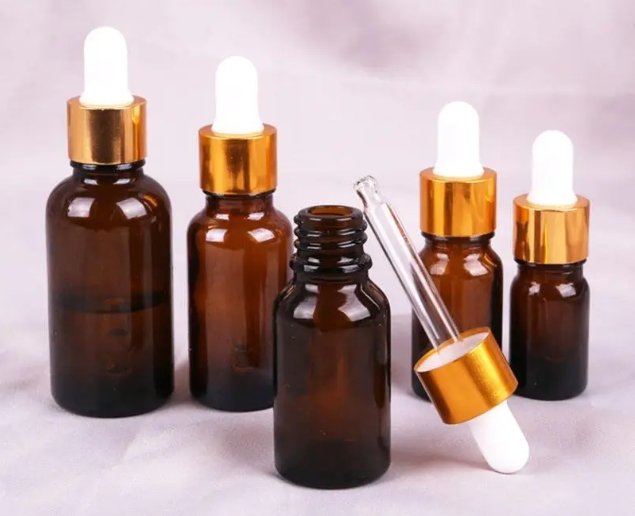Introduction
Glass containers are widely used in the cosmetic industry due to their superior aesthetic appeal, chemical stability, and recyclability. However, ensuring their leak-proof integrity is critical for product safety, shelf life, and consumer satisfaction. A leakage test for glass containers evaluates whether the packaging can effectively prevent liquid or gas escape under various conditions. This article explores testing methods, industry standards, and best practices for leakage testing in glass cosmetic packaging, helping manufacturers and buyers make informed decisions.

Why Leakage Testing is Essential for Glass Cosmetic Containers
1. Product Integrity & Shelf Life
Cosmetic formulations often contain volatile compounds, essential oils, and active ingredients that degrade when exposed to air. A leaking container can lead to:
- Oxidation of sensitive ingredients (e.g., vitamin C, retinol)9.
- Evaporation of alcohol-based solutions (e.g., perfumes, toners).
- Microbial contamination due to air exposure.
2. Consumer Safety & Brand Reputation
Leakage during transport or storage can cause:
- Product wastage, increasing costs.
- Damaged shipments, leading to customer complaints.
- Regulatory non-compliance, especially for liquids in air freight.
3. Compliance with Industry Standards
Glass packaging must meet international standards such as:
- GB/T 23711.7-2019 (Chinese standard for leakage testing in pressure vessels).
- GB/T 42413-2023 (test method for freezing resistance of glass containers).
- ASTM D4991 / ISO 8317 (global packaging integrity tests).
Common Leakage Testing Methods for Glass Containers
1. Vacuum Decay Leak Testing
- Principle: The container is placed in a vacuum chamber, and pressure changes are monitored. A drop indicates leakage.
- Best for: Small cosmetic bottles (e.g., serums, essential oils).
- Advantages: Non-destructive, fast, and highly sensitive.
2. Dye Penetration Test
- Principle: A colored dye solution is applied to the container’s seal. If leakage occurs, the dye seeps through.
- Best for: Checking cap-seal integrity in dropper bottles.
- Limitations: Only detects large leaks.
3. Pressure Decay Test
- Principle: The container is pressurized, and pressure loss is measured over time.
- Best for: Pump bottles and spray dispensers.
- Standards: Often referenced in GB/T 23711.7-20191.
4. Freeze-Thaw Resistance Test (GB/T 42413-2023)
- Principle: Glass containers are subjected to freezing (-20°C to -50°C) and rapid warming (40°C) to check for cracks or leaks3.
- Best for: Products stored in varying temperatures (e.g., luxury creams shipped internationally).
Factors Affecting Leakage in Glass Cosmetic Packaging
1. Glass Quality & Thickness
- Thicker glass (e.g., “thick-bottom” designs) resists cracking better2.
- Annealed vs. Tempered Glass: Tempered glass is stronger but more prone to shattering if flawed.
2. Closure Systems (Caps, Lids, Pumps)
- Screw caps: Must have proper liner seals to prevent evaporation.
- Dropper bottles: Require precise dropper tip fitment to avoid leakage.
- Pump dispensers: Should undergo cycle testing to ensure long-term sealing.
3. Manufacturing Defects
- Micro-cracks from molding or handling.
- Seam misalignment in multi-part glass containers.
Best Practices for Ensuring Leak-Proof Glass Packaging
1. Pre-Production Testing
- Conduct prototype leakage tests before mass production.
- Use automated inspection systems for high-speed quality control.
2. Supplier Quality Audits
- Verify if glass manufacturers follow ISO 9001 or GMP standards.
- Ensure consistent wall thickness and annealing processes.
3. Consumer-Use Simulation
- Test packaging under real-world conditions (e.g., repeated opening/closing, travel vibrations).
Conclusion
Leakage testing for glass cosmetic containers is a non-negotiable quality control step that ensures product stability, regulatory compliance, and consumer trust. By implementing standardized test methods (such as GB/T 42413-2023 and GB/T 23711.7-2019) and selecting high-quality glass suppliers, brands can minimize leakage risks and enhance their market reputation.
For cosmetic packaging buyers, prioritizing leak-tight glass containers means fewer returns, better customer satisfaction, and long-term brand loyalty.

